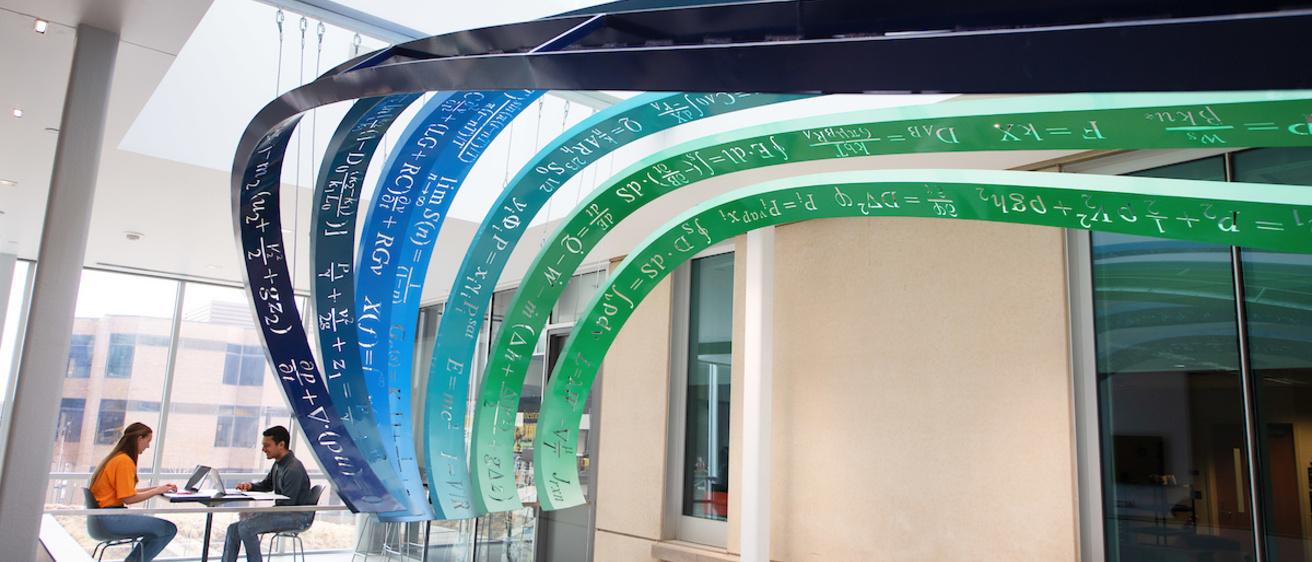Experimental Investigations of Synaptic Plasticity in the Basal Ganglia
Experimental Investigations of Synaptic Plasticity in the Basal Ganglia
We utilize electrophysiology, optogenetics and behavior to investigate how dopamine and other neuromodulators controls the synaptic plasticity that underlies learning.
- We created a theta burst stimulation paradigm for inducing LTP in normal magnesium. We demonstrated changes in the ability to induce striatal synaptic plasticity in rats that have learned to navigate a T-maze, and found changes correlated with training stage.
- Using optogenetics, we showed that activation of striatal projection neurons inhibits LTP reducing dopamine release.
- We uncovered a novel role of estradiol in inhibiting synaptic plasticity in the dorsomedial striatum (DMS). We demonstrated that long-term potentiation (LTP) is blocked during estrus, but occurs similar to males during diestrus when circulating estradiol levels are lower. We also identified two estradiol receptor subtypes through which this effect is mediated.
Computational Investigations of Synaptic Plasticity and Network Activity in the Basal Ganglia
Computational Investigations of Synaptic Plasticity and Network Activity in the Basal Ganglia
We develop single-neuron models with sophisticated calcium dynamics in order to investigate how spatio-temporal stimulation patterns control synaptic plasticity.
- We demonstrated that calcium dynamics predicts the change in synaptic weight for three different STDP protocols.
- We showed that inhibition enhances the spatial specificity of high calcium influx in cooperatively stimulated spines and that the direction and magnitude of synaptic plasticity, in response to in vivo spike trains, are controlled both by pre-synaptic firing rate and firing rates of neighboring synapses.
- We create biophysically realistic, computational models of striatal neuronal networks to investigate how dopamine depletion produces abnormal brain rhythms and oscillations. Simulations reveal that the abnormal connectivity between striatal neurons causes beta oscillations, as observed in Parkinson’s Disease.
Signaling Pathway Mechanisms Underlying LTP
Signaling Pathway Mechanisms Underlying LTP
We created a model of signaling pathways underlying LTP and LTD in striatal spiny projection neurons. Simulations with molecular changes accompanying chronic alcohol use can predict changes in synaptic plasticity observed in withdrawal from alcohol use.
- A unifying model of signaling pathways underlying hippocampal LTP predicts the plasticity outcome of numerous stimulation paradigms. A combination of Epac, CamKII, and PKA predicts whether long-lasting LTP will occur.
- We then modeled the downstream signaling pathways connecting Epac, CamKII, and PKA to ERK activation, and showed that different temporal patterns select different signaling pathways for ERK activation and contribute to different dynamics of ERK activation.
Open Source Software Development
Open Source Software Development
We create novel, open source software development, in order to perform cutting edge computational investigations of neuron function.
- We have developed NeuroRD: software for computationally efficient modeling of stochastic reaction-diffusion systems. An explanation of the algorithm used in the latest version of NeuroRD can be found here.The software is available on github. Get the latest release here. A tutorial, together with tutorial files, explains how to create and simulate signaling pathway models.
- To improve computational efficiency of neuron simulations, we wrote a program to reduce morphological complexity of reconstructed neurons, while maintaining accuracy of the response.
- We have developed parameter optimization software (in Python3) for matching neuron models in MOOSE to electrophysiology data. The optimization software works with moose_nerp—a declarative format for model specification. Here is an in-depth tutorial on creating MOOSE models using the python interface.
- The parameter optimization software also works with signaling pathway models simulated in NeuroRD, as explained here.
